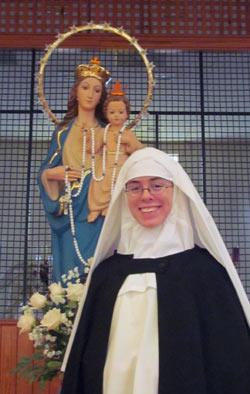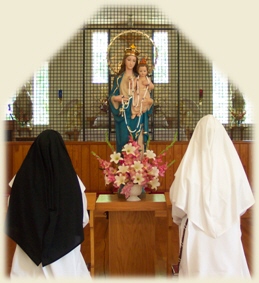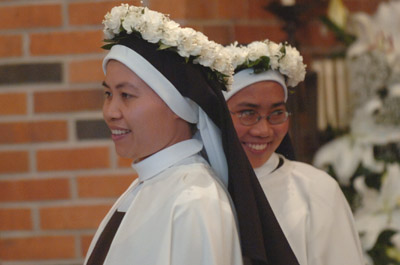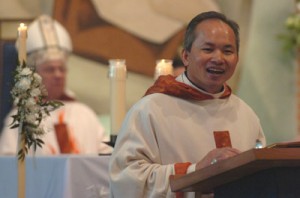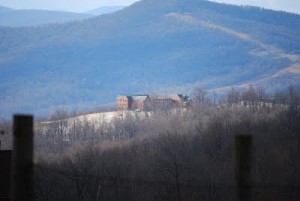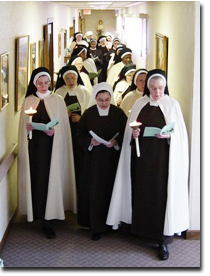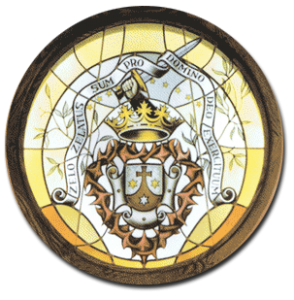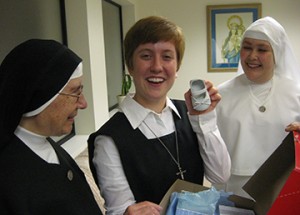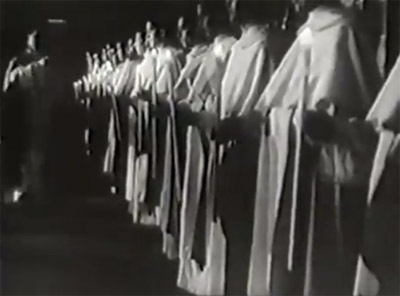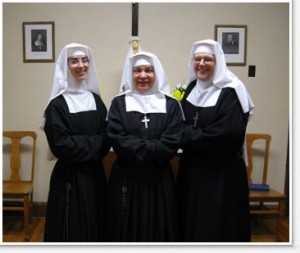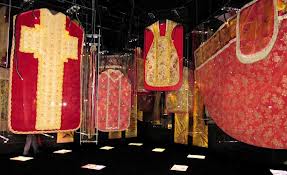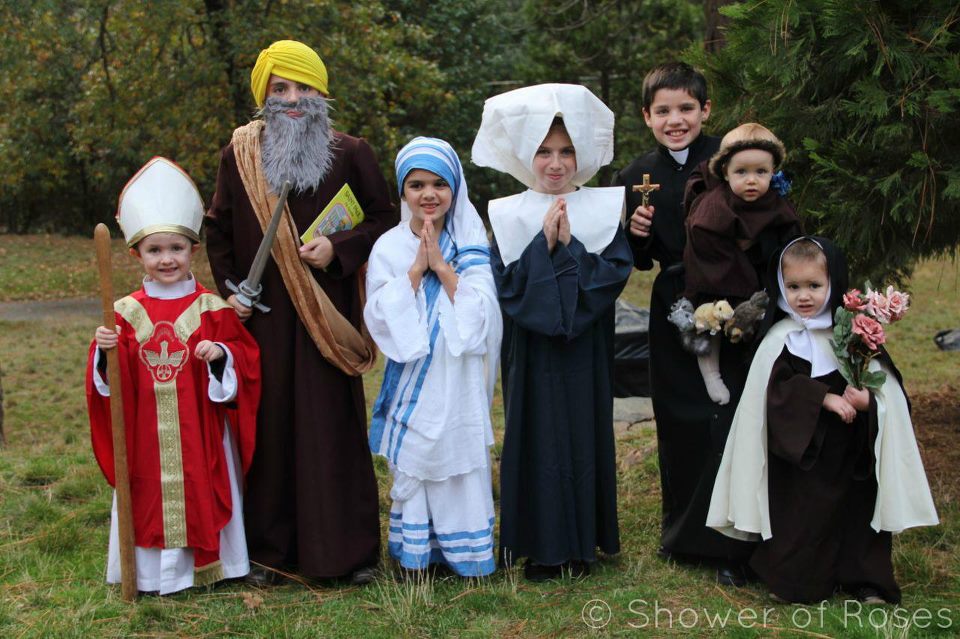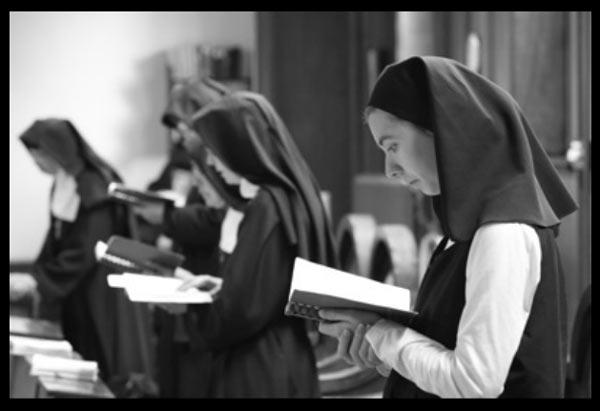 The Catholic Chronicle of the Diocese of Toledo had an interesting article on the Visitation Sisters of Toledo as the Diocese celebrated Pro Orantibus Day (“For Those Who Pray”) on the Memorial of the Blessed Virgin Mary’s Presentation in the Temple. It so happens that this day, November 21, is also the day that all members of the Visitation Order renew their vows.
The Catholic Chronicle of the Diocese of Toledo had an interesting article on the Visitation Sisters of Toledo as the Diocese celebrated Pro Orantibus Day (“For Those Who Pray”) on the Memorial of the Blessed Virgin Mary’s Presentation in the Temple. It so happens that this day, November 21, is also the day that all members of the Visitation Order renew their vows.
The Visitation Sisters were founded in 1610 by St. Francis de Sales and St. Jane Frances de Chantal in Annecy, France. The sisters came to Toledo in 1915 to offer their prayers for the diocese, priests, religious and lay people. The Toldeo Visitation consists of 21 women (“22 if you count the dog”), three of whom have made solemn professions in the last year, with three more in formation.
Sister Sharon Elizabeth Gworek, the superior, describes the Monastery, which has the privilege of papal enclosure, as a “trysting place – the place where God and I meet….It’s the garden enclosed where we can be with the Beloved, and be attentive to Him.”
The sisters have some interesting vocation stories. Sr. Kaspar spent some years away from the Church and was briefly married. Later, she broke off an engagement and entered the Toledo Visitation. Sr. Maria Consuelo was in another religious order when she felt in her heart that it was “time just to be with Him.” Sr. Josefa Maria is truly a “late” vocation. She likes to say that it took her 69 years!
What is the special spirit of the Visitation? I have always judged it to be a spirit of deep humility before God and of great gentleness towards our neighbor — Saint Francis de Sales
